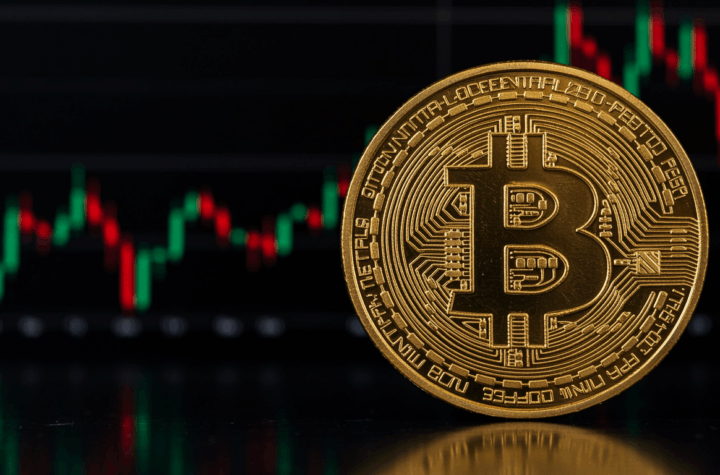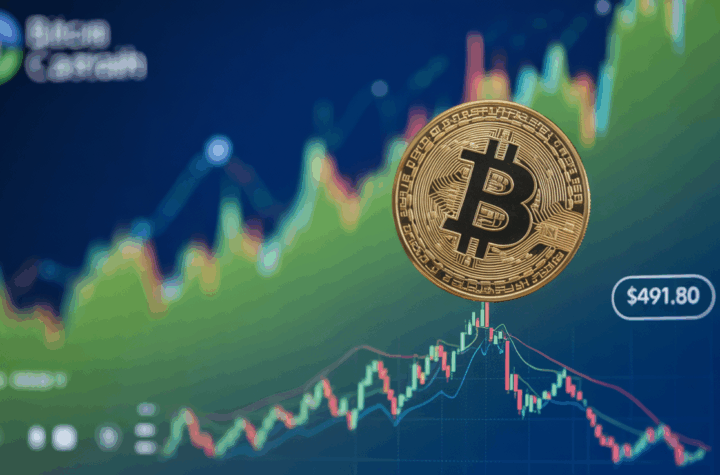
Flare Network Pushes XRP Further Into DeFi With FXRP and Institutional Support
XRP is edging deeper into the world of decentralized finance (DeFi), driven by Flare Network’s expanding ecosystem and growing interest from both individual and institutional players, according to a new report from Messari.
At the center of this progress is FXRP, a fully collateralized, non-custodial representation of XRP deployed on Songbird, Flare’s canary network. Flare’s technology validates off-chain data without external middleware, ensuring the security of assets like FXRP and enabling seamless cross-chain operations—a vital step toward building out a robust DeFi environment around XRP.
The minting of FXRP relies on a multi-collateral model, drawing from stablecoins, FLR tokens, and funds from participating agents, maintaining an over-collateralization ratio of at least 2x. Unlike many DeFi bridges, all agents are KYC-verified and tracked on-chain, introducing an uncommon compliance element into the process.
Currently live on Songbird, FXRP is set to launch on Flare’s mainnet soon. Canary networks like Songbird serve as fully functional platforms where real assets carry value, allowing for rigorous testing before mainnet deployment.
Adoption signals are already strong. Trading platform Uphold, which holds 1.8 billion XRP, plans to integrate FXRP. Meanwhile, NASDAQ-listed VivoPower has pledged $100 million in XRP for use on Flare, underscoring growing institutional involvement.
Beyond FXRP, Flare is preparing to bring liquid staking to the network. The Firelight Protocol is developing stXRP, a liquid staking derivative modeled after stETH. This new token will move freely across Flare’s DeFi applications, letting users earn staking rewards while maintaining liquidity—a significant expansion of XRP’s potential utility.
If these efforts materialize as planned, Flare may finally unlock true DeFi functionality for XRP, a token held widely across the crypto space yet historically underutilized.
“While the XRPL has native functions like escrows, checks, and payment channels, it cannot implement complex smart contracts,” Messari’s analysts noted in their report.
“FAssets bridge this gap, giving XRP holders access to the full suite of DeFi opportunities—including lending, borrowing, yield farming, and liquidity provision—without giving up custody of their underlying assets. This is especially crucial for XRP, which, despite its significant market cap and global usage, has seen limited DeFi applications until now,” they added.
For institutions, the emergence of XRPFi represents a path to earning yield on XRP holdings that have long remained idle on balance sheets.






More Stories
“Dogecoin steadies near $0.16 support amid profit‑taking that caps upside momentum.”
RLUSD Pilot Boosts XRP 5%, Technical Momentum Points to $2.50
How Aggressively Are BTC Traders Hedging After Recent Dip Under $100K?